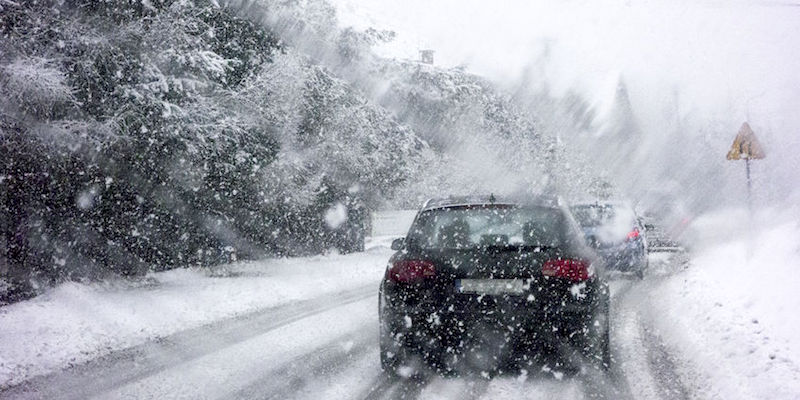Denver’s early snow can bring danger, especially to motorists unprepared for winter weather.
Prepare Your Vehicle for Driving in Colorado Winter
Denver residents have been surprised by early snowfalls before, including on September 3, 1961, a day on which nearly five inches of snow fell.
Weather forecasting and communication of travel conditions are a little more sophisticated today. Still, even though motorists had been warned of an early October snowfall this year, roads quickly became hazardous, with almost 200 accidents in less than 12 hours.
Winter is upon us, and safety should be a top priority of every driver.
Winter-Weather Road Hazards
According to the American Automobile Association (AAA), every year winter storms are a factor in nearly 500,000 car accidents involving more than 2,000 fatalities.
The Denver area has experienced two snowstorms in recent weeks, and both have caused massive problems. The early October snow resulted in 193 traffic crashes within hours. One major cause of crashes has been the failure of drivers to slow down and leave extra space between themselves and the cars in front of them. When roads become slick due to ice and snow, drivers should slow down to accommodate the lower tire traction.
As the American Automobile Association explains, “The amount of traction between tires and the road affects how a vehicle accelerates, turns and stops.” Speeding up and slowing down take longer when you are driving over ice and snow, and sudden moves can cause a vehicle to spin out of control. Checking your tires to make sure they are in good condition is important year-round. But if you live in a cold climate, knowing what kind of tires you should have is also essential.
Different tires react differently in winter conditions. If your vehicle has summer tires, it takes about 800 feet for it to stop if you are driving 60 mph in the snow; if it has all-season tires, it takes about 668 feet; if it has snow tires, it takes about 310 feet.
Tire Chain Laws
Colorado is among the states that require drivers to have tire chains during the winter. Code 15 requires that vehicles have one of the following:
Snow tires with a minimum of 3/16″ of tread; or all-weather tires with mud and snow (M/S) mark with 3/16″ of tread; or four-wheel drive with 3/16″ of tread; or traction devices (chains, auto-sock, etc.) for two-drive tires.
Now is the time to prepare yourself and your vehicle for winter.

